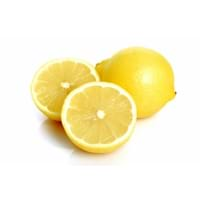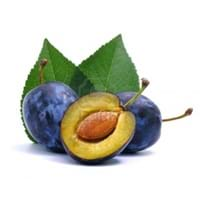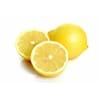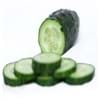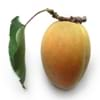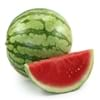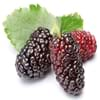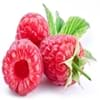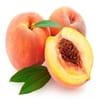Health Benefits
Arthritis treatment, Asthma treatment, Cancer prevention, Kidney stone treatment, Prevents constipation, Purging blood, Treatment of rheumatism
Cancer prevention, Cures gastro-intestinal troubles, Heart care, Increase in haemoglobin, Prevents high blood pressure
General Benefits
Boosts immune system, Cures headache, Cures fever, Digestive aid, Flu treatment, Maintains healthy cholesterol level, Treatment of common cold
Anti-inflammatory properties, Boosts immune system, Digestive aid, Eye care, Flu treatment, Helps in weight loss, Maintains healthy cholesterol level, Treatment of common cold
Skin Benefits
Heals sunburn, Reduces wrinkles, Skin rejuvenation, Treatment of acne, Treatment of skin diseases
Anti-aging benefits, Brightens and lightens complexion, Reduces wrinkles, Skin revitalization, Treatment of dark spots
Hair Benefits
Prevents hair loss, Treatment of dandruff
Prevents hair loss, Promotes longer and healthier hair, Protects hair, Remedy for split ends, Treatment of dandruff
Allergy Symptoms
Eczema, Hives, Inflammation, Itching, Skin rash, Swelling
Abdominal pains, Anaphylaxis, Vomiting
Side Effects
Diuretic effects, Heart burn, Tooth decay, Chances of sunburn
Allergic reaction
Best Time to Eat
Along with meal, Best to drink lemon water on an empty stomach., Don't consume at night and before bed
As a snack in the late afternoon, Don't consume at night and before bed, Don't eat after meal, Morning time (before lunch)
Vitamin B5 (Pantothenic Acid)
Vitamin C (Ascorbic Acid)
Vitamin K (Phyllochinone)
Phytosterol
Not Available
Calories in Fresh Fruit with Peel
Not Available
Calories in Fresh Fruit without Peel
Not Available
Type
Citrus, Tree fruit
Tree fruit
Season
All seasons
Summer
Varieties
Avalon Lemon, Bears Lemon, Buddha's Hand, Bush Lemon, Citron, Eureka Lemon, Dorshapo Lemon, Finger Citron and Fino Citron
Merryweather Damson, Shropshire Prune, President plum, Damson farleigh and Damson langley bullace
Color
Yellow, Yellowish-orange
Dark purple
Inside Color
Yellow
Yellow
Taste
Sour
Juicy, Sweet, Tart
Origin
China, India
Syria
Soil Type
Well-drained
Clay, Loam, Moist, Sandy loam, Well-drained
Climatic Conditions
Hot, Sunny
Cold
Facts about
- Oil extracted from lemon peels is used for fingerboard of guitars.
- During Renaissance, ladies used lemons to redden their lips.
- Aroms of lemon decreases the level of stress hormones.
- The name Damson originates from the original name 'Damacus plum'.
- Damson wine was very popular in 19th century.
- This fruit is often used in jams due to its slightly tart behaviour.
Top Producer
China
United Kingdom
Other Countries
Argentina, Brazil, India, Iran, Italy, Mexico, Spain, Turkey, United States of America
Ireland, United States of America
Top Importer
United States of America
United States of America
Top Exporter
Mexico
France
Botanical Name
Citrus limon
Prunus domestica subsp. insititia
Synonym
Not Available
Not Available
Subkingdom
Tracheobionta
Tracheobionta
Division
Magnoliophyta
Magnoliophyta
Class
Magnoliopsida
Magnoliopsida
Species
C. limon
Prunus domestica subsp. insititia
Generic Group
Citrus fruit
Not Available
Difference Between Lemon and Damson
We might think that Lemon and Damson are similar with respect to nutritional value and health benefits. But the nutrient content of both fruits is different. Lemon and Damson Facts such as their taste, shape, color, and size are also distinct. The difference between Lemon and Damson is explained here.
The amount of calories in 100 gm of fresh Lemon and Damson with peel is Not Available and 46.00 kcal and the amount of calories without peel is 29.00 kcal and Not Available respectively. Thus, Lemon and Damson belong to Low Calorie Fruits and Low Calorie Fruits category.These fruits might or might not differ with respect to their scientific classification. The order of Lemon and Damson is Sapindales and Rosales respectively. Lemon belongs to Rutaceae family and Damson belongs to Rosaceae family. Lemon belongs to Citrus genus of C. limon species and Damson belongs to Prunus genus of Prunus domestica subsp. insititia species. Beings plants, both fruits belong to Plantae Kingdom.
